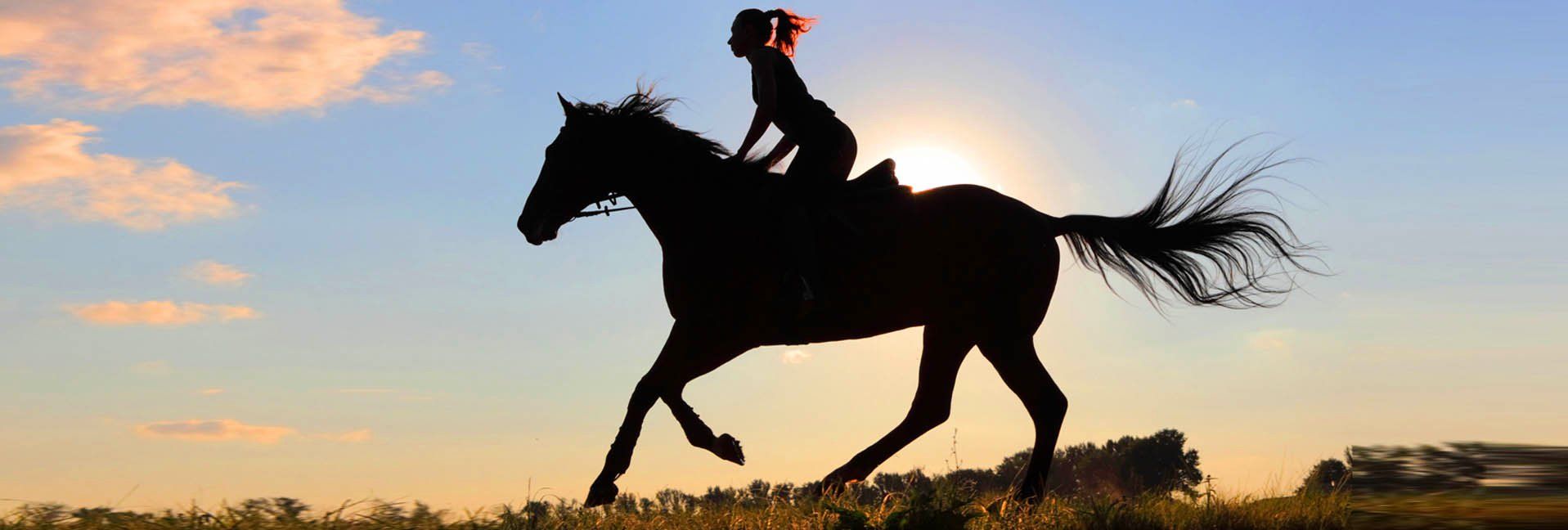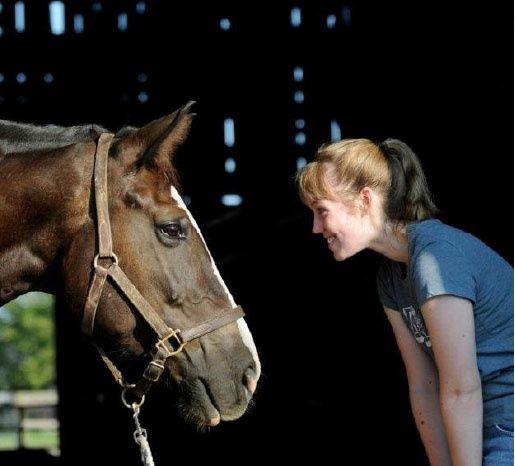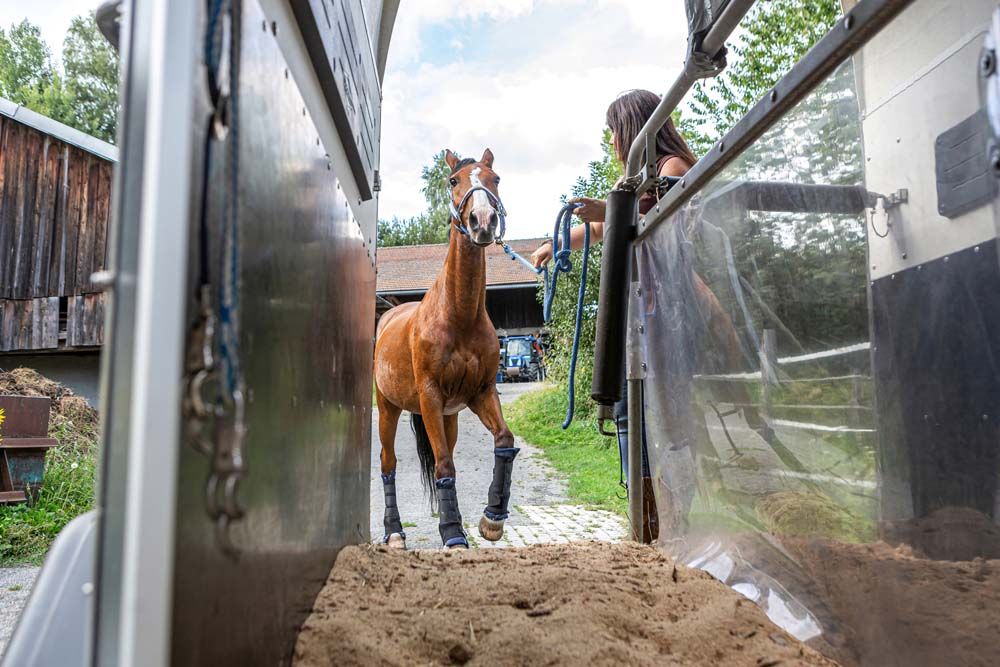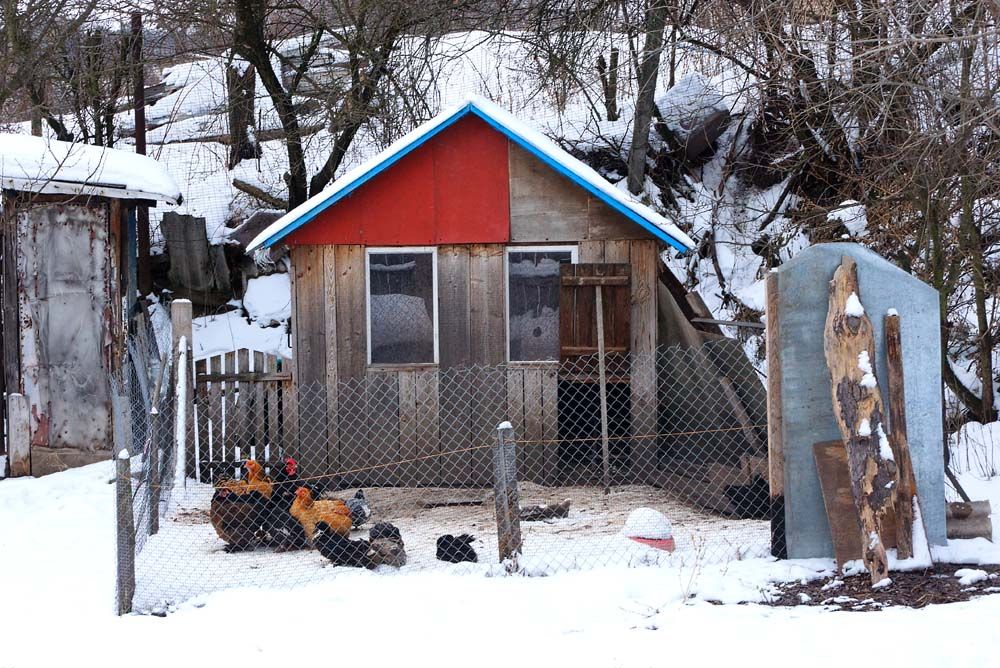Good For Both-Three new riding activities you can try with your horse this weekend


As spring moves into summer and you log more miles in the saddle, you might be wondering how you can spice things up for you and your horse. One of the greatest things about horse sports in modern times is there are more opportunities than ever to try new things without spending a lot of money or hauling your horse across the state.
While my horse was laid up with a foot issue last fall, I took some reining lessons at a local Western barn, which was quite a departure from the three-day eventing we do full-time. I was surprised to find some of the principles the reining instructor was teaching me, such as my lower leg and heel position, applied to the dressage training I do as part of eventing. Not only was I finding a new way to experience and connect with a horse, I was learning more ways to become a better rider when I started up with my horse again.
Trying new things is also a good way to develop your relationship with your horse because the two of you learn together. The more laid-back your horse is, the easier it will be to explore new things, but nervous or young horses can benefit from novel experiences, too. Remember to remain patient with both yourself and the horse when you try something new, and be generous with praise to make it a positive experience.
It’s important to have reasonable expectations for both of you; spending a ride or two in a new discipline will likely introduce you to the very basics, so don’t worry if you’re not moving up the levels right away, even if you’re a very proficient rider in your usual discipline.
What’s easy to try?
Trying something new can feel daunting at first, but there are a few activities that can be rewarding after a bit, if not downright fun.
Mounted Games
Not just for ponies! Although full-time mounted gamers usually ride ponies or smaller horses because they’re so handy, any horse and rider can give it a shot. There are a variety of different types of mounted games that may make up a competition, but most of them are based on moving a horse both quickly and exactingly. Mounted games are played in groups of four, but you can set up most games with everyday items at home and practice on your own, too. Some of the most classic games include speed weavers (a baton race in which each participant weaves through bending poles), sword lancers (a relay in which each rider travels along a row of poles with rings at the top, and lances an additional ring on a model sword before passing to the next rider), or mug shuffle (in which each rider must shuffle a ceramic mug from one of four barrels or poles to another in a specific order).
Most of these tasks don’t sound difficult, but horses and riders have to be very precise about their path of travel, often stopping and starting in exact spots, to perform them. This is great practice for any type of rider and horse, and encourages balance and flexibility as riders need to lean to pick up or drop items. Check out Mounted Games Across America’s website to find the next event near you, and ask the organizer whether there’s a regional club whose practice sessions you could join. Or, start your own! Their rulebook gives parameters of each game.
Sidesaddle
Ever watched an old movie and wondered how Victorian ladies rode sidesaddle? You can test it out for yourself. Sidesaddles are making a comeback in modern times, thanks in part to the popularity of period dramas like Downton Abbey, which depict a time in England when society ladies were making the switch from sidesaddle to astride riding. The American Sidesaddle Association indicates almost any horse trained in a conventional saddle can easily adjust to a side saddle. Although riders may use a whip or cane in their right hand to simulate gentle leg pressure, many horses respond to the left leg to go, and the seat to move forward.
Sidesaddles in use these days are sometimes refurbished antiques and sometimes newer versions made internationally. Fit is very important, as with any saddle, for horse and rider safety. Take your first sidesaddle ride with the help of someone on the ground who’s familiar with the practice. The ASA’s website can direct you to the club nearest you.
americansidesaddleassociation.org
Competitive trail
Western riders may be familiar with trail classes if they’ve spent some time competing, but the concept is foreign to some English riders. Trail classes present horse and rider with a variety of obstacles requiring them to walk, trot, or canter, as well as back up. When trail classes were first instituted, tasks were more closely tied to the obstacles encountered by trail riders, though they now focus more on agility and complexity. Common obstacles include a gate (which must be opened and traveled through), a bridge, a tarp which must be walked over, cones which must be serpentine through, and ground rails.
Even if your horse doesn’t go on many trail rides (or if he spends most of his time in flat terrain without many bridges or creeks), these obstacles can help to stimulate his brain and desensitize him to new tasks and surroundings. Although homemade versions would likely be simpler, you can make your own version of many trail obstacles to practice at home, with a little lumber and PVC pipe.
Tags:Hobby Farming

Acreage Life is part of the Catalyst Communications Network publication family.













